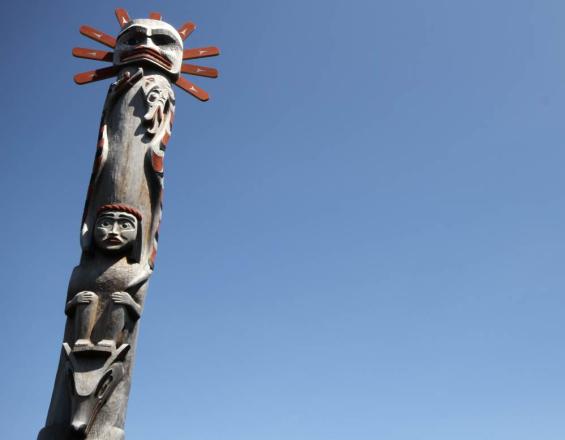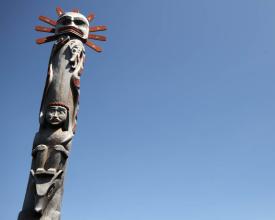Tribal Parks in Canada: From Clayoquot to the Chilcotin and Beyond
Snapshot Solution

Totem Pole by world renowned Tla-o-qui-aht carver Joe Martin © Cam Dennison
In the 1970s and ‘80s, the provincial government of British Columbia had clear cut a significant area of Clayoquot Sound, when the Tla-o-qui-aht Indigenous Peoples established the first Tribal Park in 1984. During the 31 years since then, several additional Tribal Parks have been declared by Indigenous Peoples in BC culminating in 2014 with the Dasiqox Tribal Park declaration, based on a precedent setting Supreme Court of Canada decision on Aboriginal Title to Land.
Last update: 05 Oct 2020
4352 Views
Impacts
- Habitat protection (Ancient Cedar rainforests of Meares Island have been protected since 1984)
- Increased economic diversification with primary, secondary and tertiary sectoral development (tourism economy, education sector, eco-tourism, value-added natural resources, ecosystem services, etc).
- Increased community health and well being associated with self-determination and dignity
